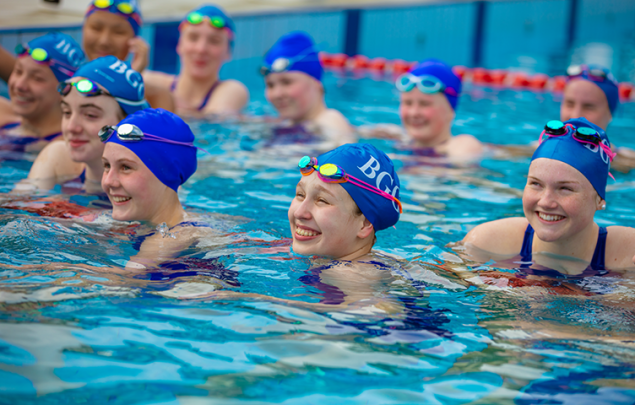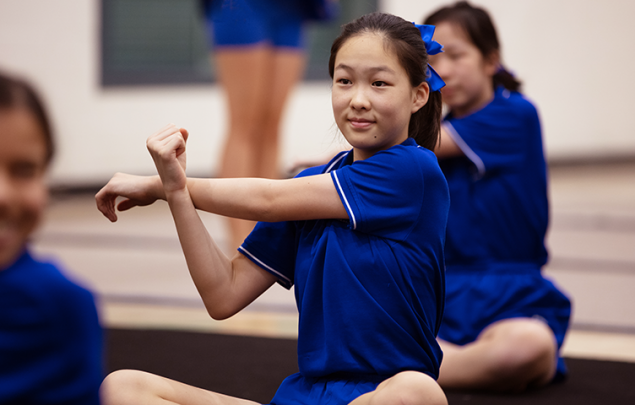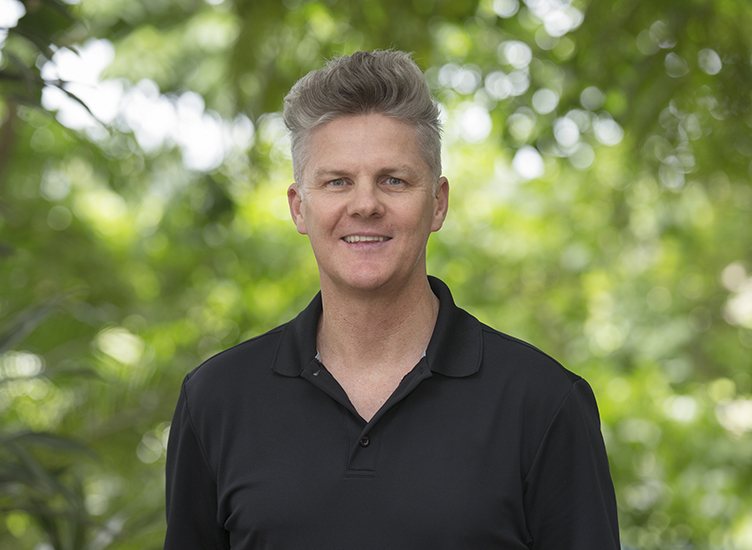Health and Physical Education
Health and Physical Education is a core subject for students in Years 7 to 10, and includes the Year 10 Physical Education elective. Studying junior Health and Physical Education and Year 10 Physical Education provides the foundational knowledge, understanding and skills for students to select senior Physical Education in Years 11 and 12.
In Health and Physical Education, students learn about, in and through movement contexts. They engage in theoretical content such as anatomy, biomechanics and exercise physiology, as well as physical activities such as athletics, lifesaving and rhythmic movement. Health and Physical Education also aims to develop the knowledge, understanding and skills to allow students to access, evaluate and synthesise information that will encourage them to take positive action to protect, enhance and advocate for their own and others’ health, wellbeing and safety.
Physical Education
In Physical Education, students engage in a range of physical activities to develop movement sequences and strategies.
Students optimise their engagement and performance in physical activity, and learn to see how body and movement concepts and the scientific basis of biophysical, sociocultural and psychological concepts and principles are relevant to their engagement and performance in physical activity.
Physical Education is developmental and becomes increasingly complex across four units of study. The discipline fosters an appreciation of the values and knowledge within and across disciplines, and builds on students’ capacities to be self-directed, work towards specific goals, develop positive behaviours and establish lifelong active engagement in a wide range of pathways beyond school.




